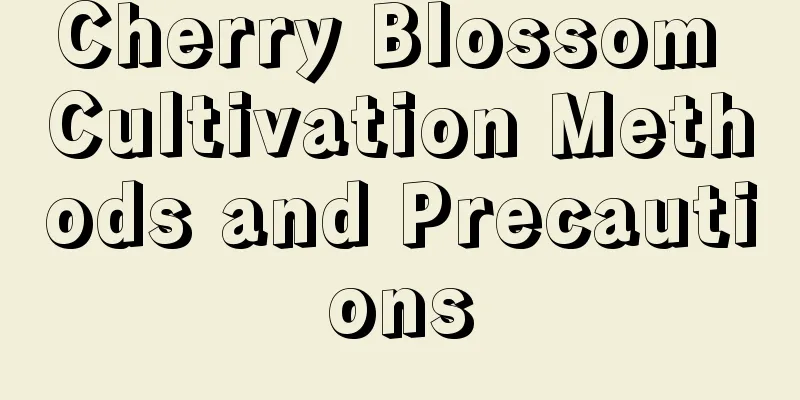How to grow jasmine

1. Breeding techniques1. Soil: Jasmine’s growth depends on the rich organic matter in the soil. Good drainage and aeration also help the roots breathe. You can mix garden soil with compost and river sand in a ratio of 2:2:1 and add a little animal manure or decomposed cake fertilizer. 2. Light: Jasmine grows best in an environment with good light, with daily light time of no less than 8 hours. Insufficient light can easily cause it to grow too tall and delay its flowering time. When growing indoors, it must be placed in a place where it can see light for a long time. 3. Water: Jasmine prefers moisture. Do not wait until the plant is completely dry before watering, as this will be detrimental to its growth. Generally, the soil on the surface is relatively dry, but slightly moist inside, so you can water it. 4. Fertilization: Jasmine has a great demand for fertilizer during the growing and flowering periods. During the peak growing season, apply organic fertilizer twice a month to fully replenish nutrients. During the flowering period, phosphorus and potassium fertilizers should be used mainly. Potassium dihydrogen phosphate mixed with water can be sprayed on the leaves, but be careful not to spray the flower buds. 2. Breeding techniques1. Cutting: Cutting is usually carried out from April to October. Cut one-year-old mature branches, retain two nodes on them, and remove the lower leaves. Insert it in the sand bed, spray it with water and cover it with a bag to keep it warm and moist. Generally, roots will take shape in 40-60 days. 2. Layering: Select longer branches, make cuts at the bottom of the nodes, and bury them in the soil. It will take root within a month and can be separated from the original plant in two months. 3. Pest and disease control1. Diseases: Common diseases include white rot, anthracnose, leaf spot and sooty mold. It is necessary to remove diseased branches and leaves and strengthen maintenance. White rot and anthracnose can be treated with chlorothalonil or mancozeb. Leaf spot and sooty mold can be controlled by spraying Bordeaux mixture. 2. Pests: The main pests are leaf rollers and red spiders. Among them, red spider mites have strong reproductive capacity and need to be sprayed frequently for prevention. Trichloronate can be used for prevention and control. |
<<: How to grow lemons to make them more vigorous
>>: Cultivation methods and precautions of peony
Recommend
Cherry tree management techniques in July
The temperature in July is relatively high. It is...
Pinellia ternata planting technology and cultivation methods Pinellia ternata biological characteristics and key points of cultivation technology
Pinellia is a light-loving plant that is suitable...
What are the succulent varieties that are more beautiful when it is colder?
Maiden Heart The total height of the plant is bet...
What to do if white spots appear on succulent plants after watering
The reason why white spots appear after watering ...
How to water potted peonies
Watering method Peonies have fleshy roots, so the...
How often should potted banana be watered?
1. How often should I water? Banana trees like wa...
What is the best month to plant edible lilies?
When to plant edible lilies Edible lilies are usu...
How to raise Pinguicrap
How to raise soil Most Pinguecula are suitable fo...
Cultivation technology of Cardamine
1. Seedling cultivation The cultivation of Cardam...
Differences between pepperwood and prickly ash tree
1. Differences in plants Pepper tree is an evergr...
The flower pots you bought are expensive and ugly? Huahua teaches you how to make a unique flower pot, which is economical and beautiful!
Waste There are often some unused small items at ...
Leek growth environment conditions and characteristics
Leek growth environment conditions and requiremen...
First Love Summer Maintenance Method
Summer care for first love: light First Love like...
How to prune Epiphyllum
in principle When growing Epiphyllum, in principl...
When is the best season to prune roses (when and how to prune roses in winter)
Roses are very resistant to pruning and require c...









